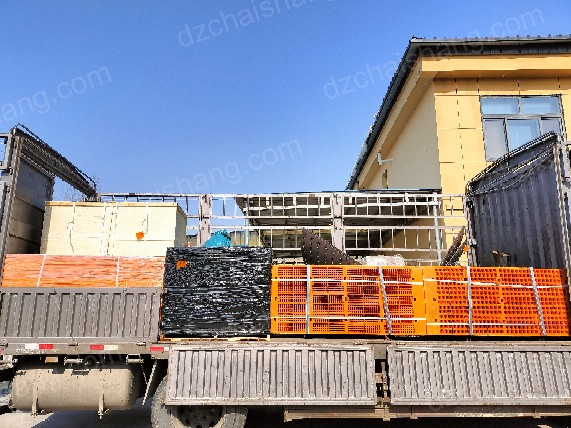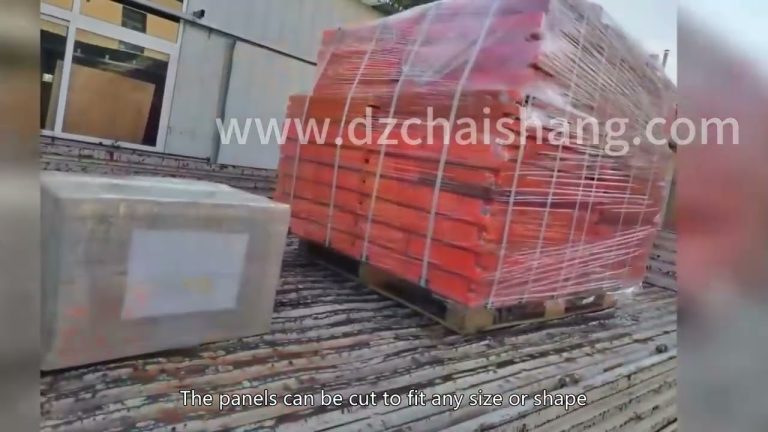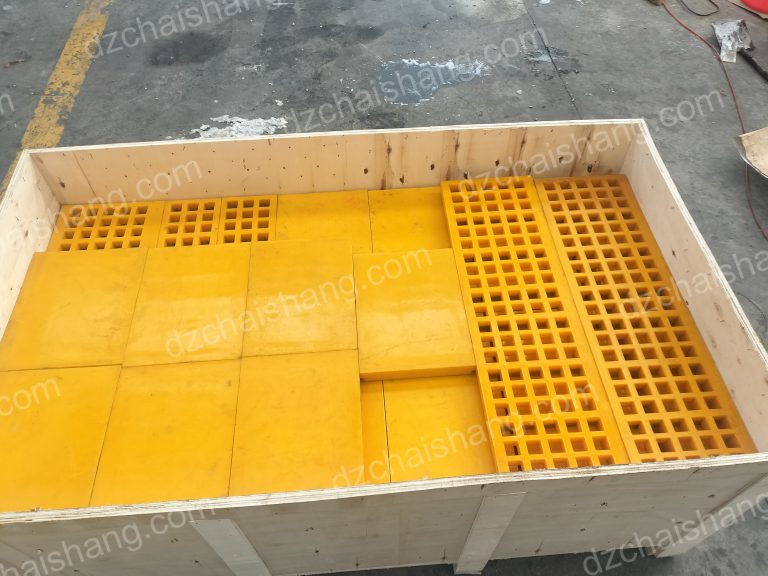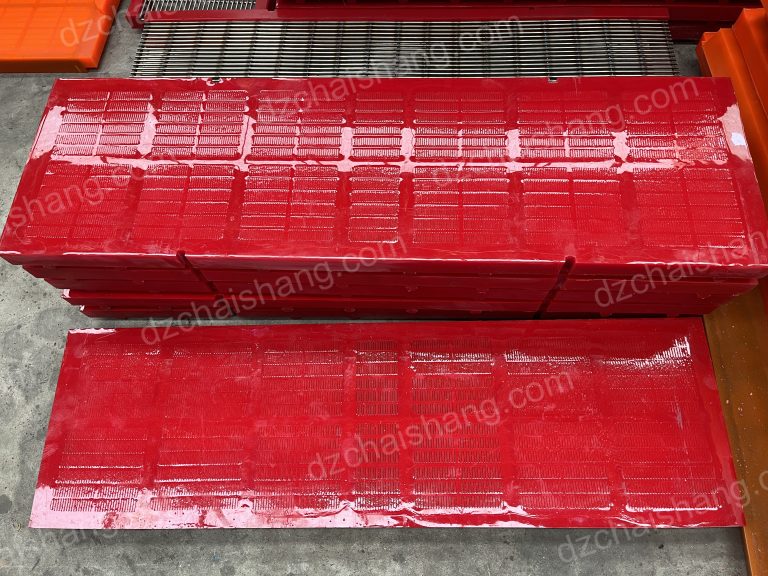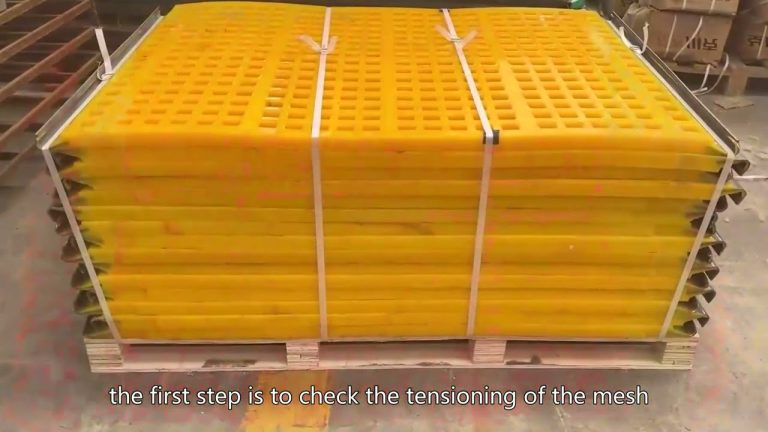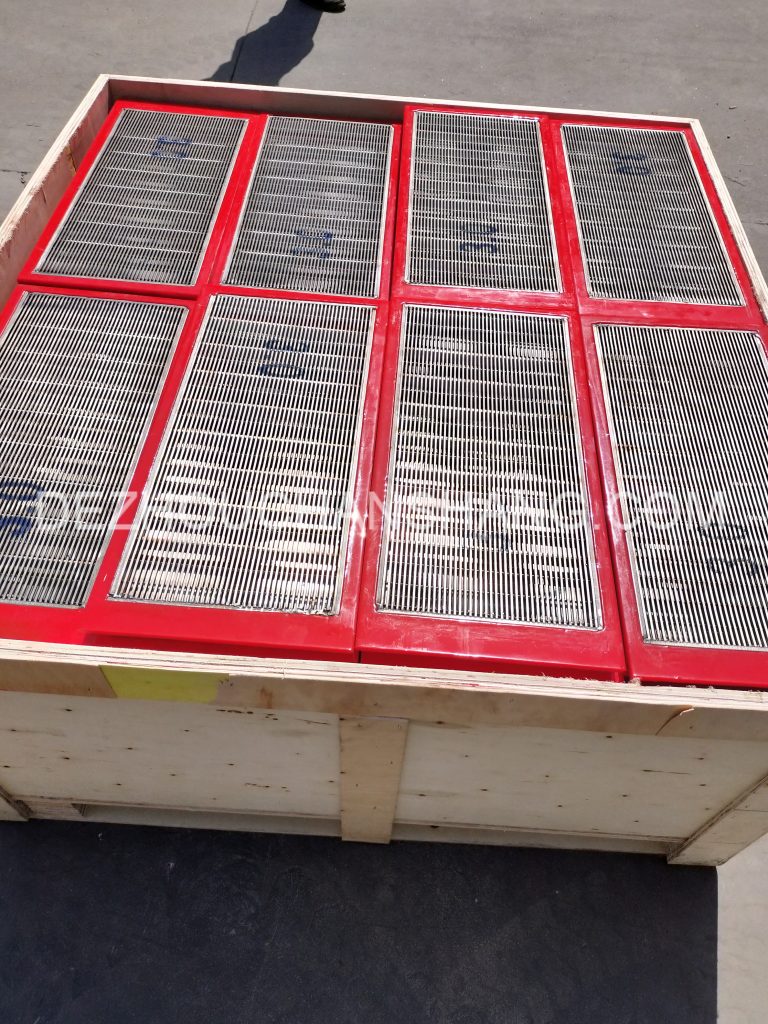Benefits of Using polyurethane screens in Vibrating Screens
Polyurethane screens have become increasingly popular in the mining and aggregate industries due to their numerous benefits in vibrating screens. These screens are made from a type of synthetic material known as polyurethane, which offers several advantages over traditional steel or rubber screens. One of the main benefits of using polyurethane screens in vibrating screens is their durability. Polyurethane is a highly resilient material that can withstand the harsh conditions of the mining and aggregate industries. Unlike steel screens, polyurethane screens are resistant to abrasion, corrosion, and impact, making them ideal for heavy-duty applications. In addition to their durability, polyurethane screens are also known for their high screening efficiency. The flexible nature of polyurethane allows for greater screening accuracy and efficiency compared to rigid steel or rubber screens. This results in higher throughput and improved product quality, ultimately leading to increased productivity and profitability for mining and aggregate operations. Another key benefit of polyurethane screens is their reduced maintenance requirements. Polyurethane screens are easy to install and replace, saving time and labor costs for maintenance personnel. Additionally, polyurethane screens are self-cleaning, meaning that material buildup is less likely to occur, reducing downtime and increasing overall efficiency. Polyurethane screens also offer superior noise reduction compared to steel or rubber screens. The flexible nature of polyurethane absorbs vibrations and reduces noise levels, creating a quieter working environment for operators and nearby residents. This can help improve worker safety and satisfaction, as well as reduce noise pollution in surrounding areas. Furthermore, polyurethane screens are environmentally friendly. Unlike steel screens, which can rust and corrode over time, polyurethane screens are non-corrosive and do not release harmful chemicals into the environment. This makes them a more sustainable and eco-friendly option for mining and aggregate operations looking to reduce their environmental impact.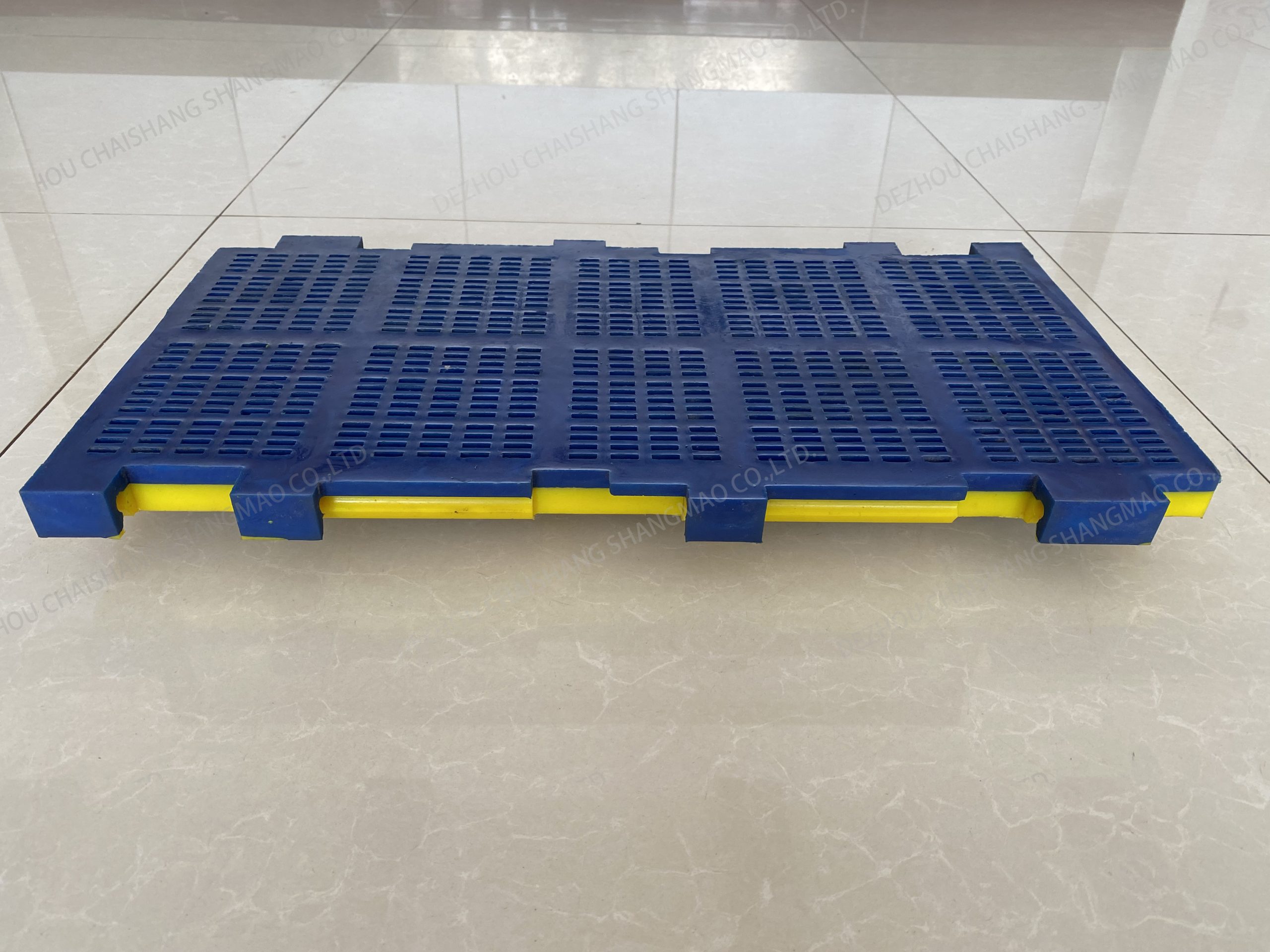 Overall, the benefits of using polyurethane screens in vibrating screens are clear. From their durability and high screening efficiency to their reduced maintenance requirements and noise reduction properties, polyurethane screens offer a range of advantages that can help improve the performance and sustainability of mining and aggregate operations.
In conclusion, polyurethane screens are a valuable investment for any mining or aggregate operation looking to optimize their vibrating screens. With their durability, high screening efficiency, reduced maintenance requirements, noise reduction properties, and environmental friendliness, polyurethane screens offer a range of benefits that can help drive productivity, profitability, and sustainability in the industry.
Overall, the benefits of using polyurethane screens in vibrating screens are clear. From their durability and high screening efficiency to their reduced maintenance requirements and noise reduction properties, polyurethane screens offer a range of advantages that can help improve the performance and sustainability of mining and aggregate operations.
In conclusion, polyurethane screens are a valuable investment for any mining or aggregate operation looking to optimize their vibrating screens. With their durability, high screening efficiency, reduced maintenance requirements, noise reduction properties, and environmental friendliness, polyurethane screens offer a range of benefits that can help drive productivity, profitability, and sustainability in the industry.
Maintenance Tips for Polyurethane Screens in Vibrating Screens
Polyurethane screens are a popular choice for vibrating screens due to their durability, flexibility, and resistance to abrasion. These screens are commonly used in industries such as mining, quarrying, and recycling to separate materials based on size. However, like any other equipment, polyurethane screens require regular maintenance to ensure optimal performance and longevity.One of the key maintenance tips for polyurethane screens in vibrating screens is to regularly inspect them for wear and tear. Over time, the constant vibration and impact from materials passing through the screen can cause the polyurethane to degrade. It is important to check for any signs of damage, such as tears, holes, or excessive wear, and replace the screen if necessary. In addition to visual inspections, it is also important to regularly clean the polyurethane screens to prevent buildup of material and debris. This can be done using a high-pressure water spray or a brush to remove any particles that may be blocking the screen openings. Keeping the screens clean not only improves screening efficiency but also helps to prolong their lifespan. Another important maintenance tip for polyurethane screens is to ensure proper tensioning. Over time, the tension in the screen panels can loosen, leading to reduced screening efficiency and increased wear. Regularly check the tension of the screens and adjust it as needed to maintain optimal performance. It is also important to use the correct cleaning and maintenance products for polyurethane screens. Harsh chemicals or abrasive cleaners can damage the polyurethane material, leading to premature wear and tear. Instead, use mild soaps or specialized polyurethane cleaners to clean the screens without causing damage. Regularly lubricating the vibrating screen components can also help to prevent premature wear and tear on the polyurethane screens. Proper lubrication reduces friction between moving parts, which can help to extend the lifespan of the screens and improve overall performance. In addition to these maintenance tips, it is also important to handle polyurethane screens with care to prevent damage. Avoid dropping or mishandling the screens, as this can cause tears or punctures that may affect screening efficiency. Store the screens in a clean, dry area when not in use to prevent damage from environmental factors. Overall, proper maintenance of polyurethane screens in vibrating screens is essential to ensure optimal performance and longevity. By regularly inspecting, cleaning, tensioning, and lubricating the screens, you can help to extend their lifespan and improve screening efficiency. Taking care of your polyurethane screens will not only save you time and money in the long run but also ensure that your vibrating screen operates at its best.

